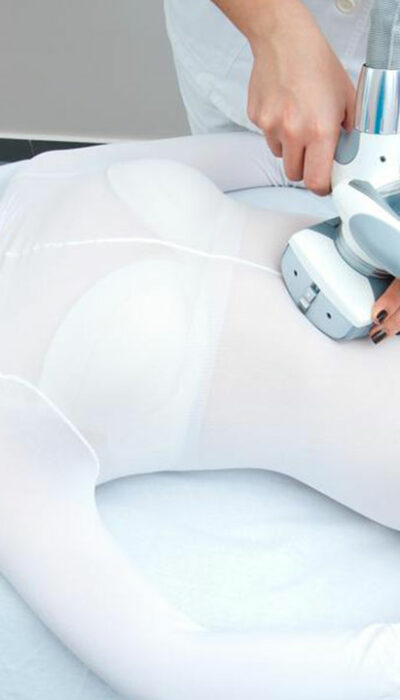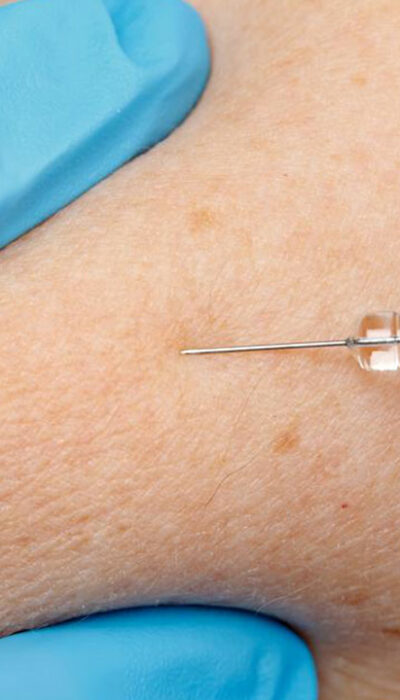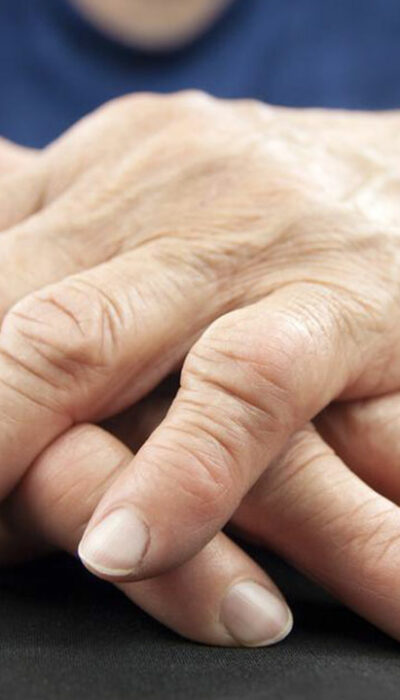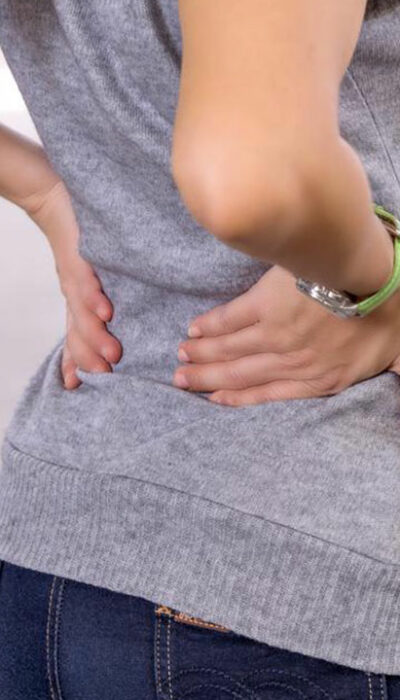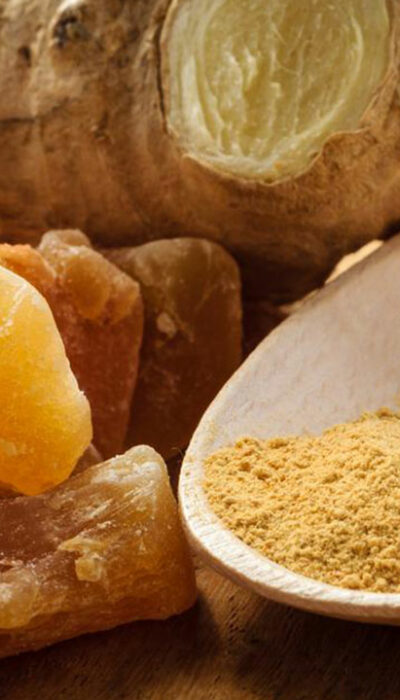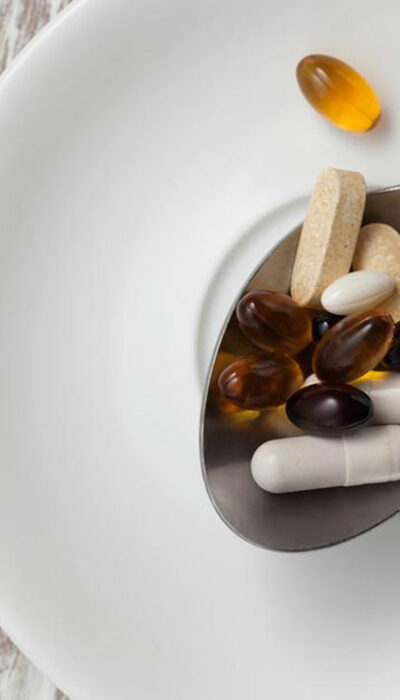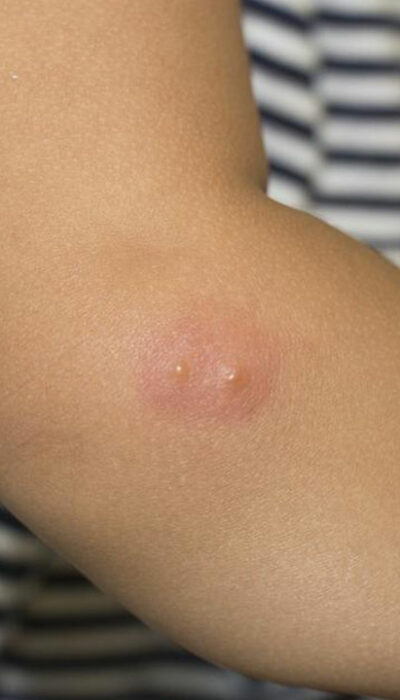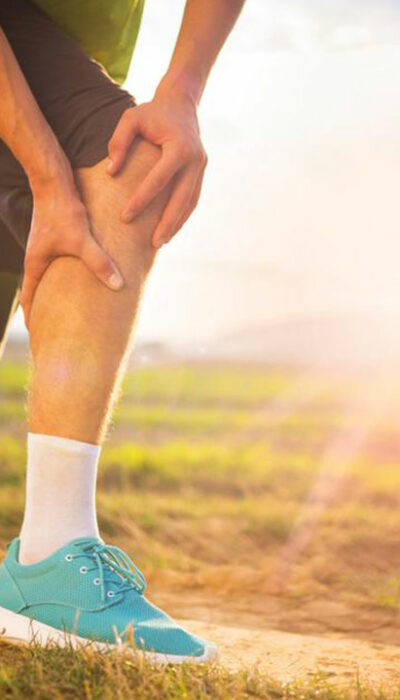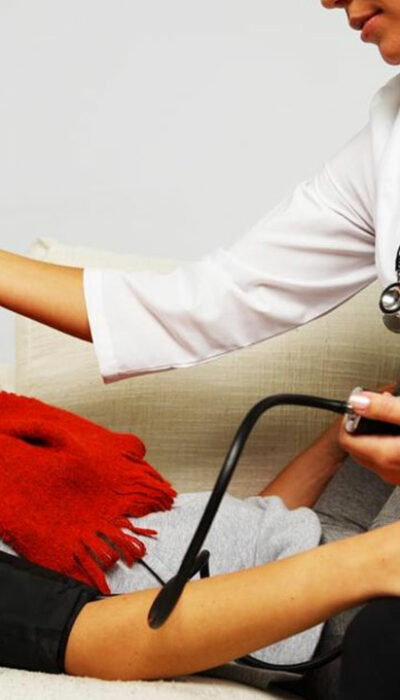
Causes, symptoms and Home Remedies for Pneumonia
Pneumonia is an infection that targets one or both the lungs. This infection commonly causes an inflammation of the airspaces in the lungs. The air sacs in the lungs are known as alveoli. The inflamed alveoli get filled with pus and liquid, making it extremely difficult to breathe. Pneumonia and symptoms of pneumonia are caused by bacteria, viruses, and fungi that lead to the formation of an infection. However, pneumonia can also be caused by noninfectious elements such as toxic elements and foreign matter that are inhaled through breathing. Pneumonia is a life-threatening condition, if not treated in time. A large population around the world loses the battle to pneumonia every year. This fatal disease can affect anybody, irrespective of their age or gender. However, elderly people and individuals who have a weak immune system are at a greater risk of suffering from this condition. It is more serious and difficult to treat when contracted by younger kids, old individuals, and people who already suffer from a medical condition. The condition and symptoms of pneumonia generally begin when one inhales a bad germ into the lungs. A person who is suffering from cold or fever is likely to get the disease as these infectious conditions make it difficult for the lungs to restrain and fight against the germs. Also, people who have chronic illnesses like diabetes or cancer may have a higher risk. Pneumonia is contagious and can spread through inhalation of droplets from the sneeze or cough of an affected person. However, there are some types of pneumonia that are not contagious and do not spread through contact or being around a patient. Symptoms of pneumonia can be easily noticeable and come quickly after the lungs are infected. The symptoms also differ on the basis of age and the type of pneumonia.
